Dear Barbara, Will you discuss palliative sedation?
Palliative sedation is a term used by hospice, palliative care, and medical professionals to describe giving large doses of sleep-inducing medications to induce unconsciousness. It is a pain management technique used when all other pain management options have been unsuccessful. It is not routinely used. I would even say it is seldom used.
The National Cancer Institute defines palliative sedation as: “The use of special drugs called sedatives to relieve extreme suffering by making a patient calm, unaware, or unconscious. This may be done for patients who have symptoms that cannot be controlled with other treatments. Palliative sedation may be used in patients who are near the end of life to make them more comfortable. It is not meant to shorten life or cause death.”
I found many other definitions (I love the internet), but this one was the easiest to understand and said what the others were saying but in much less technical detail.
When the terminal illness, the disease progression, has been a pain-filled experience and all comfort management options have been unsuccessful, then sleep is our friend. Sleep, created by regulated, supervised medications, is a compassionate alternative to uncontrollable suffering.
Covid taught us the benefit of “putting a person to sleep” as their body heals. That same technique can also be used as end of life approaches. Not to accelerate the end of life process, but to provide comfort until death comes.
Something More… about Using Palliative Sedation At End of Life
With today’s medical advancements there is no reason for a person to die in uncontrolled pain. If we are in extreme pain and suffering we cannot relax and peacefully leave our bodies. Reading Pain At End of Life helps families understand all the ways that a hospice team can ease pain with the dying.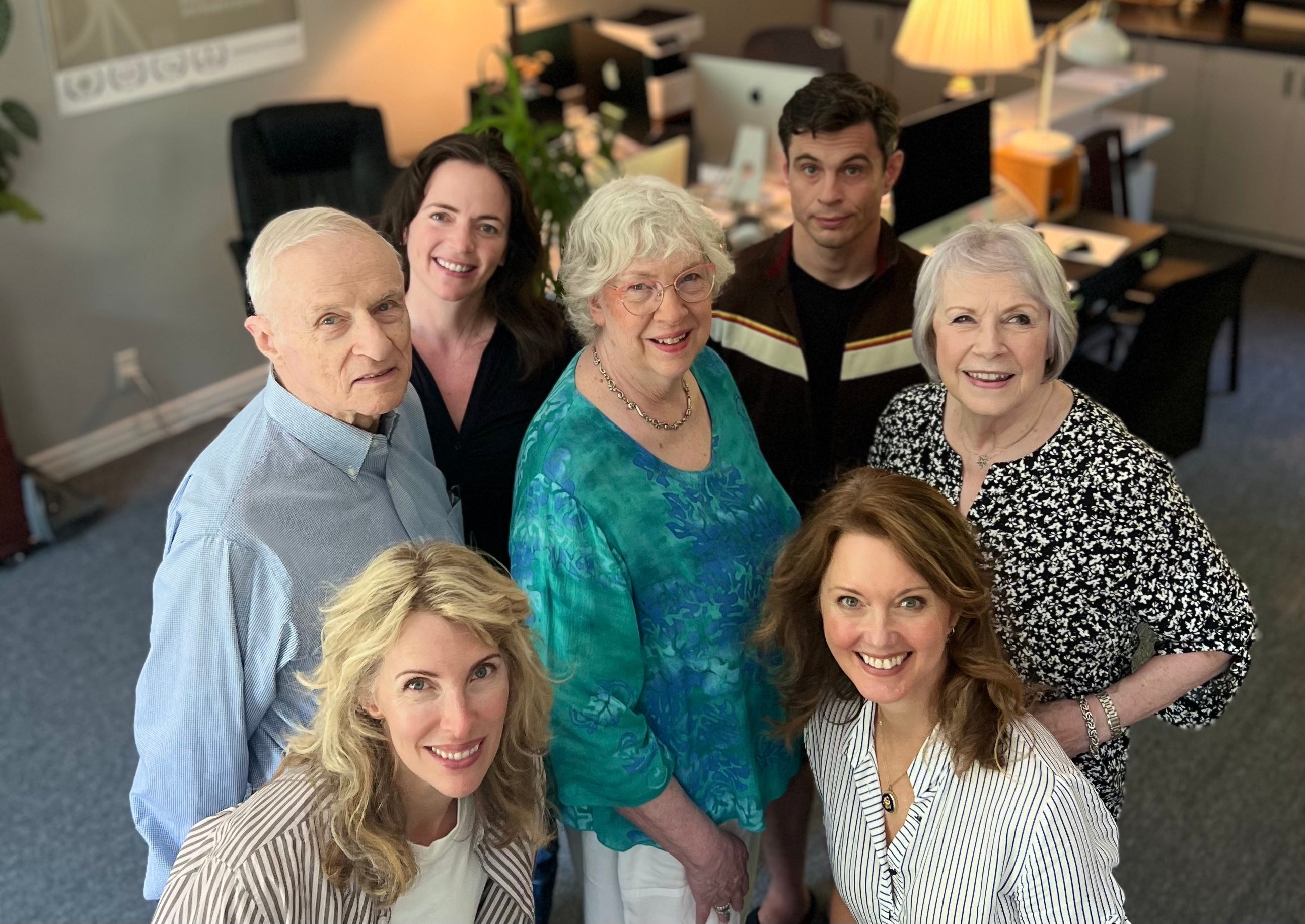

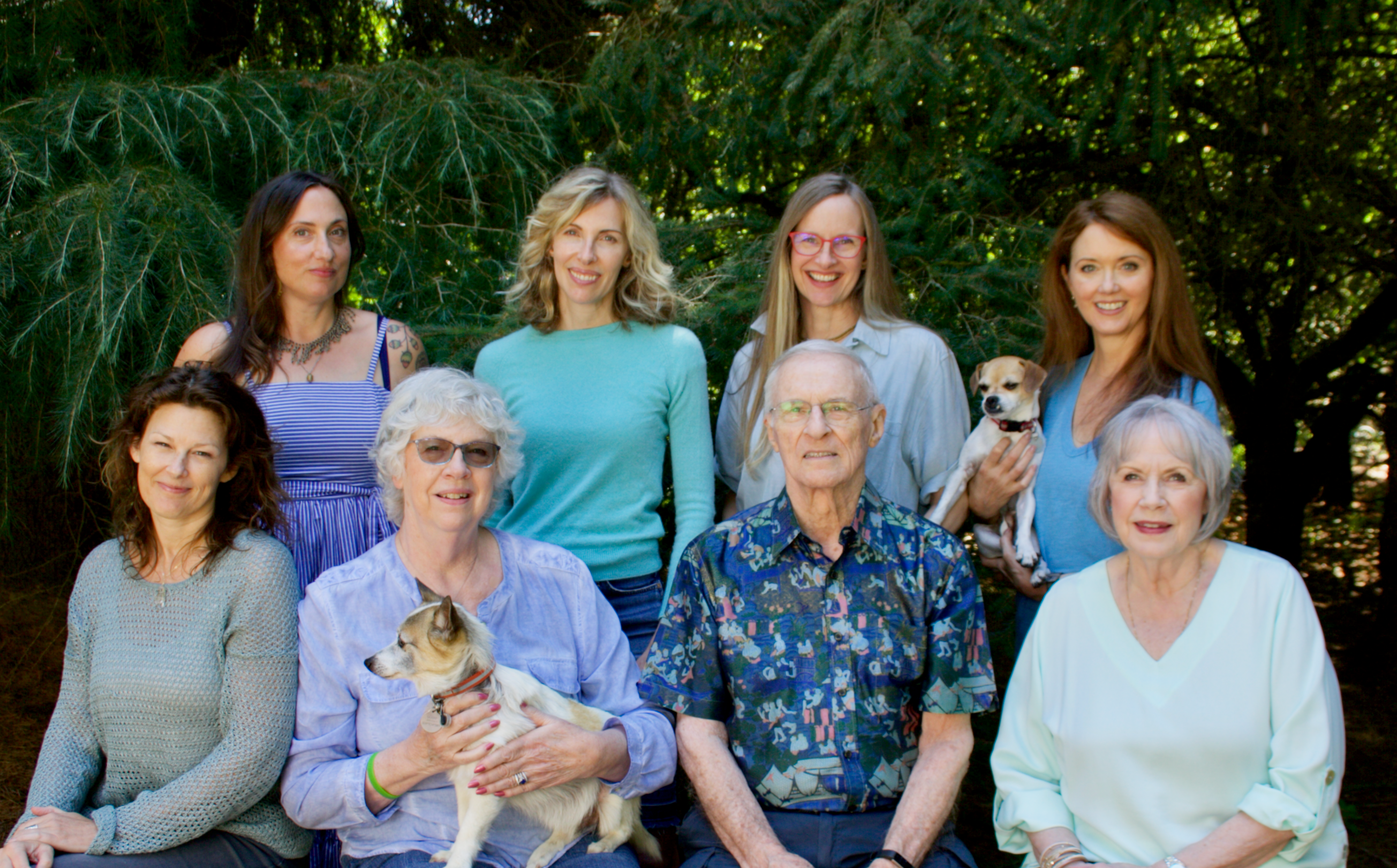


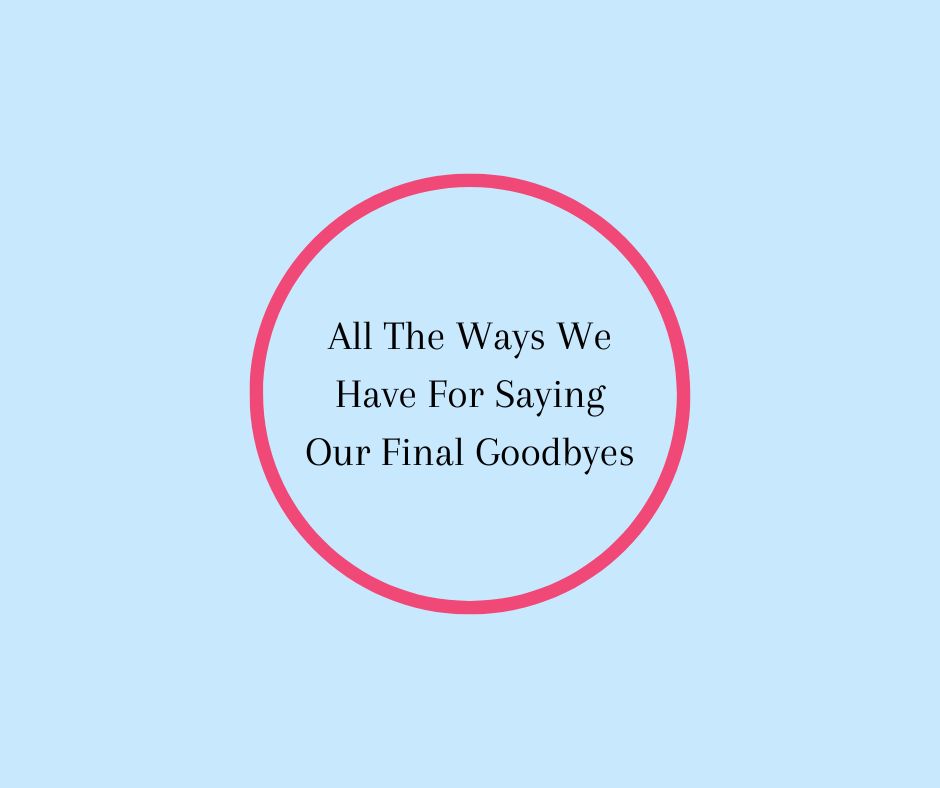
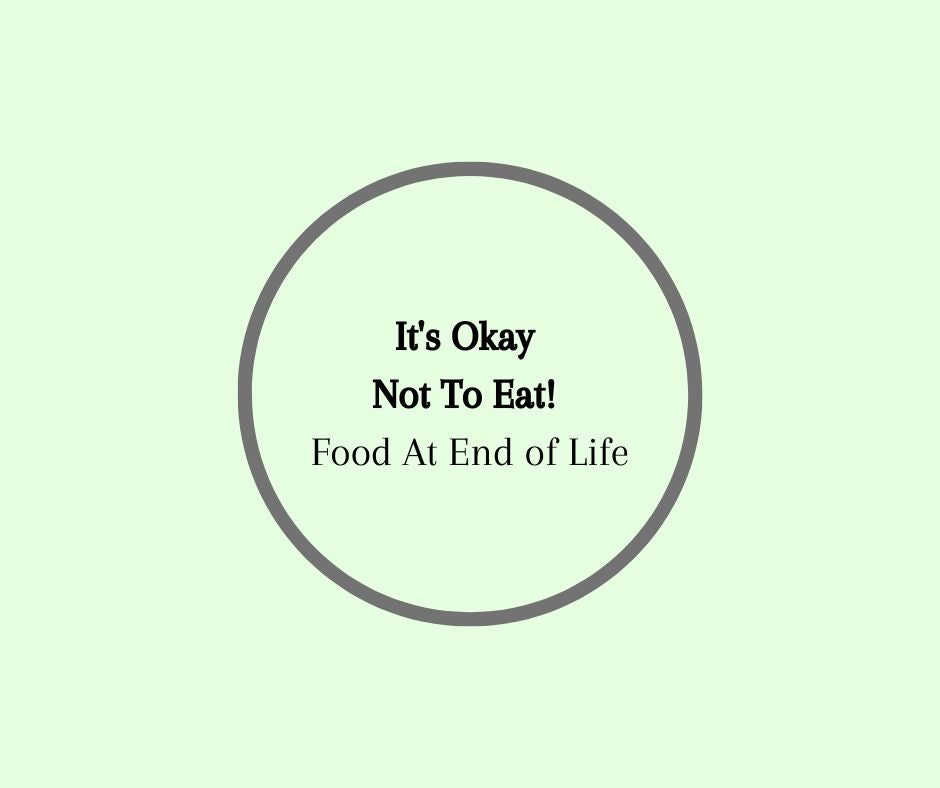
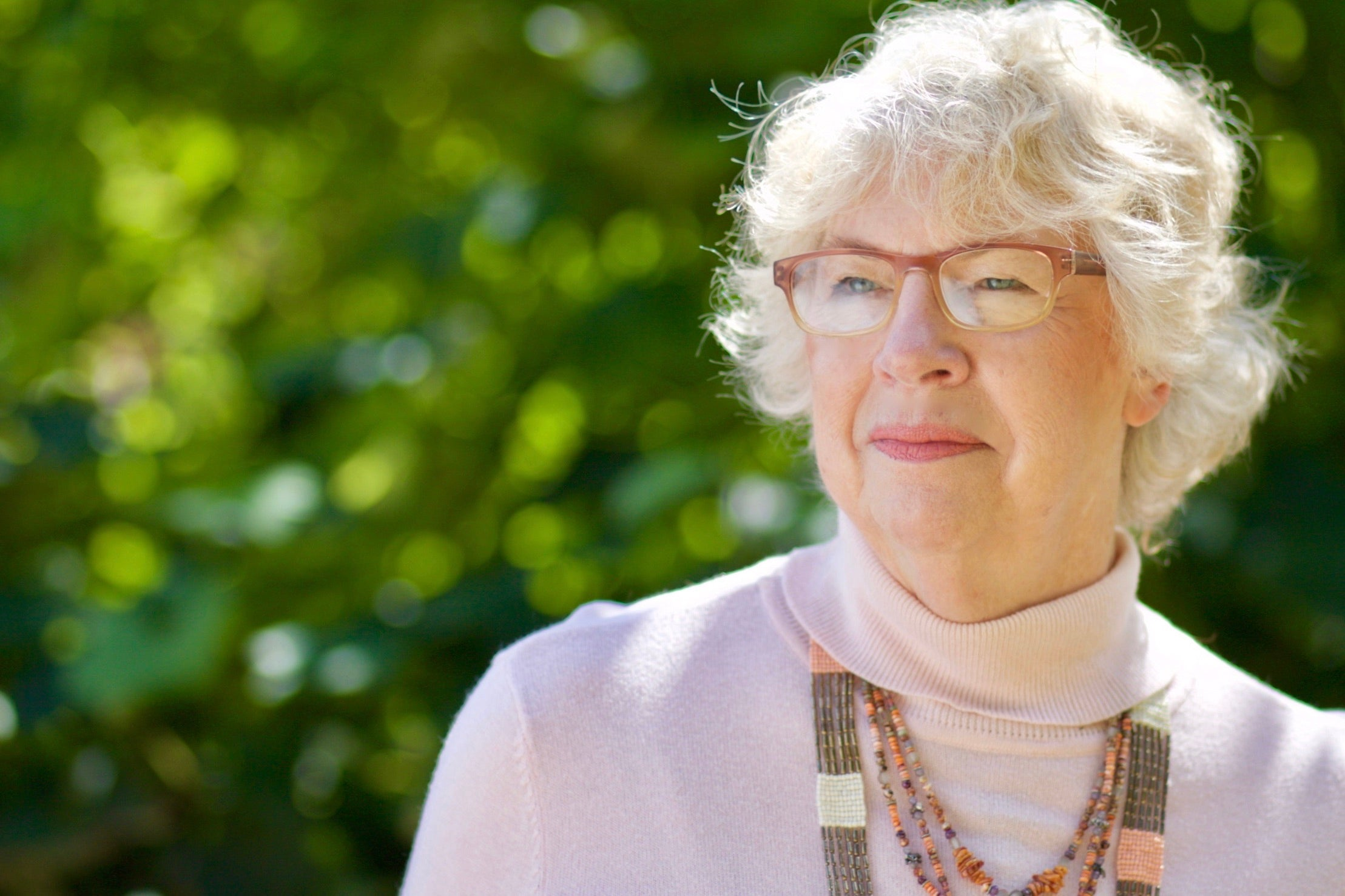
17 comments
David Watson
Barbara, yes, while PS can be administered via different routes, too often I hear providers point to various limitations and to an unlevel field for applying the most effective option for the particular patient at a particular time experiencing intractable pain and suffering (reasons given such as pharmaceutical limitations, nurse staffing, institutional protocols and more). I observe the barriers in the hospital and I hear similar from my hospice counterparts.
I ask providers and I am told that such barriers exist. I do not wish to be quick to judge, especially as a non-medical hospital worker, but at the end of the day, too often I observe or am told secondhand of too much suffering in the last 72 hours of life. I am not stating that these instances happen a majority of the time, they do not. But these stories happen too often. Our American healthcare system has many excellent, effective tools, and it is always advancing, yet the gaps in healthcare delivery exist and must be closed to deliver healthcare more equitably for everyone and reduce suffering.
———
BK Books replied:
David, There are always “various limitations and an unlevel field for applying the most effective option” in pain management. Pain is individualized, occurs for so many reasons and in so many different ways. There is no “take two aspirins and call me in the morning” standardized way of treating pain, particularly end of life pain. Blessings to you. Barbara
Barbara, yes, while PS can be administered via different routes, too often I hear providers point to various limitations and to an unlevel field for applying the most effective option for the particular patient at a particular time experiencing intractable pain and suffering (reasons given such as pharmaceutical limitations, nurse staffing, institutional protocols and more). I observe the barriers in the hospital and I hear similar from my hospice counterparts.
I ask providers and I am told that such barriers exist. I do not wish to be quick to judge, especially as a non-medical hospital worker, but at the end of the day, too often I observe or am told secondhand of too much suffering in the last 72 hours of life. I am not stating that these instances happen a majority of the time, they do not. But these stories happen too often. Our American healthcare system has many excellent, effective tools, and it is always advancing, yet the gaps in healthcare delivery exist and must be closed to deliver healthcare more equitably for everyone and reduce suffering.
———
BK Books replied:
David, There are always “various limitations and an unlevel field for applying the most effective option” in pain management. Pain is individualized, occurs for so many reasons and in so many different ways. There is no “take two aspirins and call me in the morning” standardized way of treating pain, particularly end of life pain. Blessings to you. Barbara
David Watson
As a hospital chaplain of many years, I have been involved with the valuable, helpful, and appropriate use of palliative sedation. Too often, however, providers are extremely hesitant to apply this needed tool - both hospital and hospice care. Complicating the appropriate application of this resource is the tendency of some hospices, too many hospices, not providing in-home IV medication.
——-
BK Books replied:
David, I’m a bit confused by your reference to " in home IV medications". Palliative Sedation does not have to be given IV. It is not a specific drug or amount. It is individual, selective medication depending upon each situation. Blessings to you in the work you are doing. Barbara
As a hospital chaplain of many years, I have been involved with the valuable, helpful, and appropriate use of palliative sedation. Too often, however, providers are extremely hesitant to apply this needed tool - both hospital and hospice care. Complicating the appropriate application of this resource is the tendency of some hospices, too many hospices, not providing in-home IV medication.
——-
BK Books replied:
David, I’m a bit confused by your reference to " in home IV medications". Palliative Sedation does not have to be given IV. It is not a specific drug or amount. It is individual, selective medication depending upon each situation. Blessings to you in the work you are doing. Barbara
Dawn
Hi my husband passed from lung cancer hospice had ordered the meds but he passed peacefully before they came. I wasn’t to sure about giving him the meds because he was already taking morphine and oxycodone for pain. I went to the bathroom and he was gone when I got back.
———
BK Books replied:
Hi Dawn, It seems like he gave you a gift of not having to feel you did anything to speed his dying. Blessing! Barbara
Hi my husband passed from lung cancer hospice had ordered the meds but he passed peacefully before they came. I wasn’t to sure about giving him the meds because he was already taking morphine and oxycodone for pain. I went to the bathroom and he was gone when I got back.
———
BK Books replied:
Hi Dawn, It seems like he gave you a gift of not having to feel you did anything to speed his dying. Blessing! Barbara
Cindy Spence
“Personal autonomy” means that each of us gets to choose for herself or himself. I understand that this option might not feel acceptable to some people (though until we have firsthand experience with intolerable suffering, we don’t really know what choices we might make). I do know that I would not want another person to have the power to decline this comfort measure on my behalf, if I needed it.
———
BK Books replied:
Hi Cindy, this is why we all need to have an Advanced Directive, preferably before we need it. Blessings! Barbara
“Personal autonomy” means that each of us gets to choose for herself or himself. I understand that this option might not feel acceptable to some people (though until we have firsthand experience with intolerable suffering, we don’t really know what choices we might make). I do know that I would not want another person to have the power to decline this comfort measure on my behalf, if I needed it.
———
BK Books replied:
Hi Cindy, this is why we all need to have an Advanced Directive, preferably before we need it. Blessings! Barbara
Julie
I am a hospice nurse, and I just want to thank you for your devotion to educating about end of life care and hospice. There are so many misperceptions about what hospice does for patients and their families. It’s very frustrating to read the negative comments here because it is evident that the patient being free of pain and at peace at end of life is not the goal of their families. It seems like many times those involved forget that the patient is our top priority. I will always advocate for my patient because they will always be my top priority!
———
BK Books replied:
Hi Julie, thank you for your comment. I’m not sure that the families don’t want their special person comfortable and pain free. They just don’t understand what it takes to get them there. AND that’s where we educators come in. As you and I know 90% of our work is education. Blessings to you in the work you are doing. Barbara
I am a hospice nurse, and I just want to thank you for your devotion to educating about end of life care and hospice. There are so many misperceptions about what hospice does for patients and their families. It’s very frustrating to read the negative comments here because it is evident that the patient being free of pain and at peace at end of life is not the goal of their families. It seems like many times those involved forget that the patient is our top priority. I will always advocate for my patient because they will always be my top priority!
———
BK Books replied:
Hi Julie, thank you for your comment. I’m not sure that the families don’t want their special person comfortable and pain free. They just don’t understand what it takes to get them there. AND that’s where we educators come in. As you and I know 90% of our work is education. Blessings to you in the work you are doing. Barbara
Julie
I am a hospice nurse, and I just want to thank you for your devotion to educating about end of life care and hospice. There are so many misperceptions about what hospice does for patients and their families. It’s very frustrating to read the negative comments here because it is evident that the patient being free of pain and at peace at end of life is not the goal of their families. It seems like many times those involved forget that the patient is our top priority. I will always advocate for my patient because they will always be my top priority!
I am a hospice nurse, and I just want to thank you for your devotion to educating about end of life care and hospice. There are so many misperceptions about what hospice does for patients and their families. It’s very frustrating to read the negative comments here because it is evident that the patient being free of pain and at peace at end of life is not the goal of their families. It seems like many times those involved forget that the patient is our top priority. I will always advocate for my patient because they will always be my top priority!
Mike
My mother recently died at home on hospice care and we used palliative sedation towards the end but not because of pain. She was nauseated and getting more and more anxious about dying though she wasn’t agitated. One of the suggestions from the hospice nurse was regular doses of morphine to control the nausea and to let her sleep through the final steps of death. She was peaceful and calm listening to the birds outside her window when she died. The hospice folks are amazing!
———
BK Books replied:
Hi Mike, thank you for sharing your experience with your mom and hospice. There is comfort in knowing she died peacefully. Blessings! Barbara
My mother recently died at home on hospice care and we used palliative sedation towards the end but not because of pain. She was nauseated and getting more and more anxious about dying though she wasn’t agitated. One of the suggestions from the hospice nurse was regular doses of morphine to control the nausea and to let her sleep through the final steps of death. She was peaceful and calm listening to the birds outside her window when she died. The hospice folks are amazing!
———
BK Books replied:
Hi Mike, thank you for sharing your experience with your mom and hospice. There is comfort in knowing she died peacefully. Blessings! Barbara
Jen Plock
Is palliative sedation an option for a home patient on hospice, and is there special monitoring that must be done beyond standard hospice RN assessments at end-of-life? I’ve recently been reading about palliative sedation and I’ve had a few patients who definitely could’ve benefited from it!
Side note…I purchased your series of booklets on Amazon Kindle…will your new booklet be available for those who have purchased all your other books as a series?
———
BK Books replied:
Hi Jen, yes, Palliative Sedation can be done in the home with hospice managing comfort levels. In regards to “special monitoring” my guess is it will depend upon the individual hospices policies and procedures. With Palliative Sedation there is no one dosage or procedure. Each person’s pain is different and requires different dosages. About will Always Offer, Never Force be available on Kindle—-we’re working on it. Blessings! Barbara
Is palliative sedation an option for a home patient on hospice, and is there special monitoring that must be done beyond standard hospice RN assessments at end-of-life? I’ve recently been reading about palliative sedation and I’ve had a few patients who definitely could’ve benefited from it!
Side note…I purchased your series of booklets on Amazon Kindle…will your new booklet be available for those who have purchased all your other books as a series?
———
BK Books replied:
Hi Jen, yes, Palliative Sedation can be done in the home with hospice managing comfort levels. In regards to “special monitoring” my guess is it will depend upon the individual hospices policies and procedures. With Palliative Sedation there is no one dosage or procedure. Each person’s pain is different and requires different dosages. About will Always Offer, Never Force be available on Kindle—-we’re working on it. Blessings! Barbara
Barbara Garcia
I have to agree with Traci Eaton above. I would not want this done on myself or a family member. Sounds like assisted suicide.
———
BK Books replied:
Hi Barbara, fortunately there is a choice in the care we receive. This is why having an Advanced DIrective is so important. I want to be clear it is not “assisted suicide”. Death is not the objective. Comfort, until death in its natural time arrives, is the goal. Blessings! Barbara
I have to agree with Traci Eaton above. I would not want this done on myself or a family member. Sounds like assisted suicide.
———
BK Books replied:
Hi Barbara, fortunately there is a choice in the care we receive. This is why having an Advanced DIrective is so important. I want to be clear it is not “assisted suicide”. Death is not the objective. Comfort, until death in its natural time arrives, is the goal. Blessings! Barbara
Jennifer
Hi Barbara. I purchased your set of books. I found them to be extremely helpful. I lost my Dad to sarcoma in 5/2020 & my dear Mama to rectal cancer in 10/2023. Both were in Hospice care & treated at the end with this sedative treatment. It broke my heart that we, the family, didn’t get a warning or a heads-up that NOW is the time (prior to pushing the drugs) to say your final sentiments as they will be unconscious from this point on. I was by their side the last few days. They essentially die from dehydration 😔 I understand the pain management side, but it was heartbreaking! Thanks for your commitment & concern.
———
BK Books replied:
Jennifer, I am sorry you did not receive the support and guidance before your parents were given medications. Part of hospice’s job is to educate families of what is happening, what to expect, and what to do while it is all happening—-in regards to any situation. They were remiss in their support of you. Blessings! Barbara
Hi Barbara. I purchased your set of books. I found them to be extremely helpful. I lost my Dad to sarcoma in 5/2020 & my dear Mama to rectal cancer in 10/2023. Both were in Hospice care & treated at the end with this sedative treatment. It broke my heart that we, the family, didn’t get a warning or a heads-up that NOW is the time (prior to pushing the drugs) to say your final sentiments as they will be unconscious from this point on. I was by their side the last few days. They essentially die from dehydration 😔 I understand the pain management side, but it was heartbreaking! Thanks for your commitment & concern.
———
BK Books replied:
Jennifer, I am sorry you did not receive the support and guidance before your parents were given medications. Part of hospice’s job is to educate families of what is happening, what to expect, and what to do while it is all happening—-in regards to any situation. They were remiss in their support of you. Blessings! Barbara
Margaret
This was used for my father and it was a blessing for him. He was in horrible agony up until that point. After palliative sedation, the tension and pain finally left his face. When he died, he did so in peace. Thank you for all the work you do Barbara.
———
BK Books replied:
Thank you Margaret for sharing your experience. The key to getting out of our bodies is to relax. Medications can often provide that relaxation. Blessings! Barbara
This was used for my father and it was a blessing for him. He was in horrible agony up until that point. After palliative sedation, the tension and pain finally left his face. When he died, he did so in peace. Thank you for all the work you do Barbara.
———
BK Books replied:
Thank you Margaret for sharing your experience. The key to getting out of our bodies is to relax. Medications can often provide that relaxation. Blessings! Barbara
Diane
I just want to thank you for the work you are doing!!
———
BK Books replied:
Diane, you’re welcome. Blessings! Barbara
I just want to thank you for the work you are doing!!
———
BK Books replied:
Diane, you’re welcome. Blessings! Barbara
Traci Eaton
Personally I find this concept atrocious and unconscionable. You might as well be dead. In fact better off for all involved if you were. Big pharma and corporate medicine is not robbing your family of quality time which is not even in the conversation any longer and they are not robbing the heirs by spending the patient’s money on days – weeks of hospitalization and/or hospice resources needed for those who still have life to live and love their families in. Just my tuppence. PERSONAL AUTONOMY OVER LIFE AND DEATH. IT IS THE HUMANE THING TO DO!!!
———
BK Books replied:
Hi Tracy, thank you for sharing your opinion. Blessings! Barbara
Personally I find this concept atrocious and unconscionable. You might as well be dead. In fact better off for all involved if you were. Big pharma and corporate medicine is not robbing your family of quality time which is not even in the conversation any longer and they are not robbing the heirs by spending the patient’s money on days – weeks of hospitalization and/or hospice resources needed for those who still have life to live and love their families in. Just my tuppence. PERSONAL AUTONOMY OVER LIFE AND DEATH. IT IS THE HUMANE THING TO DO!!!
———
BK Books replied:
Hi Tracy, thank you for sharing your opinion. Blessings! Barbara
Bree
Hospice offered this to my husband in his last stages. I am so grateful to them. He was in terrible pain and agitated state. We couldn’t make him comfortable. This was best solution.
———
BK Books replied:
Hi Bree, thank you for sharing your experience with Palliative Sedation. Others reading this may find comfort in your expereince. Blessings! Barbara
Hospice offered this to my husband in his last stages. I am so grateful to them. He was in terrible pain and agitated state. We couldn’t make him comfortable. This was best solution.
———
BK Books replied:
Hi Bree, thank you for sharing your experience with Palliative Sedation. Others reading this may find comfort in your expereince. Blessings! Barbara
Jan Carolane
Are the booklets available in Australia? The postage is around $43 twice as much as the booklets cost.
———
BK Books replied:
Hi Jan,
You can get the digital version of_ The_ End of Life Guideline Series by Barbara Karnes on the Australian Amazon at this link… https://www.amazon.com.au/End-Life-Guideline-Compilation-Booklets/dp/0983784140/ref=sr_1_1?crid=198A31Q37AJ8U&dib=eyJ2IjoiMSJ9.MZftFJok8r4nfILmX6lzPu1DWtaLjjQOr7PBhqrwI0VChmaJ1WtPp5iuA4DyWCWGlnQxbVkaGz4as6EIt_zeCq_JW32Izvv9Dtl1LgUnYuc_htHsAGOjyLHlAti55kfgEy0xiH7lh9Z4tm9XYzF1-I5nm_8TbYXU2xGtVpsXy2_3mtv8FcJfMFXzgS9p3Lfiago1m3ATlxxjK05zI7GSlXSOcoX6ZYyEGzOeAu-te-NMZ_2RNmx5ZGDGzCOlvKqZmXNKdtXTj9CIQ3YOZ2UsxtYwUMimIElwynfjfpt0rOc.vdsEFuqtsUKaRHWzydC1N-pLA9T5I4puUYsHf4h5GTE&dib_tag=se&keywords=end+of+life+guideline+series&qid=1718237808&sprefix=end+of+life+guideline+series%2Caps%2C77&sr=8-1
That would be the most cost effective way to get the books in Australia. 😊
Warmly, BK Team
Are the booklets available in Australia? The postage is around $43 twice as much as the booklets cost.
———
BK Books replied:
Hi Jan,
You can get the digital version of_ The_ End of Life Guideline Series by Barbara Karnes on the Australian Amazon at this link… https://www.amazon.com.au/End-Life-Guideline-Compilation-Booklets/dp/0983784140/ref=sr_1_1?crid=198A31Q37AJ8U&dib=eyJ2IjoiMSJ9.MZftFJok8r4nfILmX6lzPu1DWtaLjjQOr7PBhqrwI0VChmaJ1WtPp5iuA4DyWCWGlnQxbVkaGz4as6EIt_zeCq_JW32Izvv9Dtl1LgUnYuc_htHsAGOjyLHlAti55kfgEy0xiH7lh9Z4tm9XYzF1-I5nm_8TbYXU2xGtVpsXy2_3mtv8FcJfMFXzgS9p3Lfiago1m3ATlxxjK05zI7GSlXSOcoX6ZYyEGzOeAu-te-NMZ_2RNmx5ZGDGzCOlvKqZmXNKdtXTj9CIQ3YOZ2UsxtYwUMimIElwynfjfpt0rOc.vdsEFuqtsUKaRHWzydC1N-pLA9T5I4puUYsHf4h5GTE&dib_tag=se&keywords=end+of+life+guideline+series&qid=1718237808&sprefix=end+of+life+guideline+series%2Caps%2C77&sr=8-1
That would be the most cost effective way to get the books in Australia. 😊
Warmly, BK Team
Wendy
I am wondering how Palluative care or hospice benefits family members with late stages of Alzheimer’s? Maybe for me but my spouse?
———
BK Books replied:
Hi Wendy, The benefits for the caregiver of people with dementia, particularly when that care is provided at home versus a facility, is the support and guidance revolving around the dying process. There is also the financial benefit of supplies, equipment, activities of daily living (ADL) provided. It does not provide shift coverage but does offer volunteer respite support. It offers professional guidance as you travel this unknown road. Blessings! Barbara
I am wondering how Palluative care or hospice benefits family members with late stages of Alzheimer’s? Maybe for me but my spouse?
———
BK Books replied:
Hi Wendy, The benefits for the caregiver of people with dementia, particularly when that care is provided at home versus a facility, is the support and guidance revolving around the dying process. There is also the financial benefit of supplies, equipment, activities of daily living (ADL) provided. It does not provide shift coverage but does offer volunteer respite support. It offers professional guidance as you travel this unknown road. Blessings! Barbara
Sally
What meds can be used for this when opioids and benzos cause scary hallucinatory events?? I am unaware of other meds the would cause unconscious sedation…propofol? Somehow I doubt hospices use that but perhaps they do.
Thank you
Thank you.
———
BK Books replied:
Hi Sally, I’m sorry I don’t have an answer for you, different places make different choices. A lot depends on the patient’s medical history and the medical personnel’s drugs of choice. Ask your doctor and or the hospice if you are using one. Blessings! Barbara
What meds can be used for this when opioids and benzos cause scary hallucinatory events?? I am unaware of other meds the would cause unconscious sedation…propofol? Somehow I doubt hospices use that but perhaps they do.
Thank you
Thank you.
———
BK Books replied:
Hi Sally, I’m sorry I don’t have an answer for you, different places make different choices. A lot depends on the patient’s medical history and the medical personnel’s drugs of choice. Ask your doctor and or the hospice if you are using one. Blessings! Barbara